TIPS FOR HYGIENIC MILK PRODUCTION AT DAIRY FARM
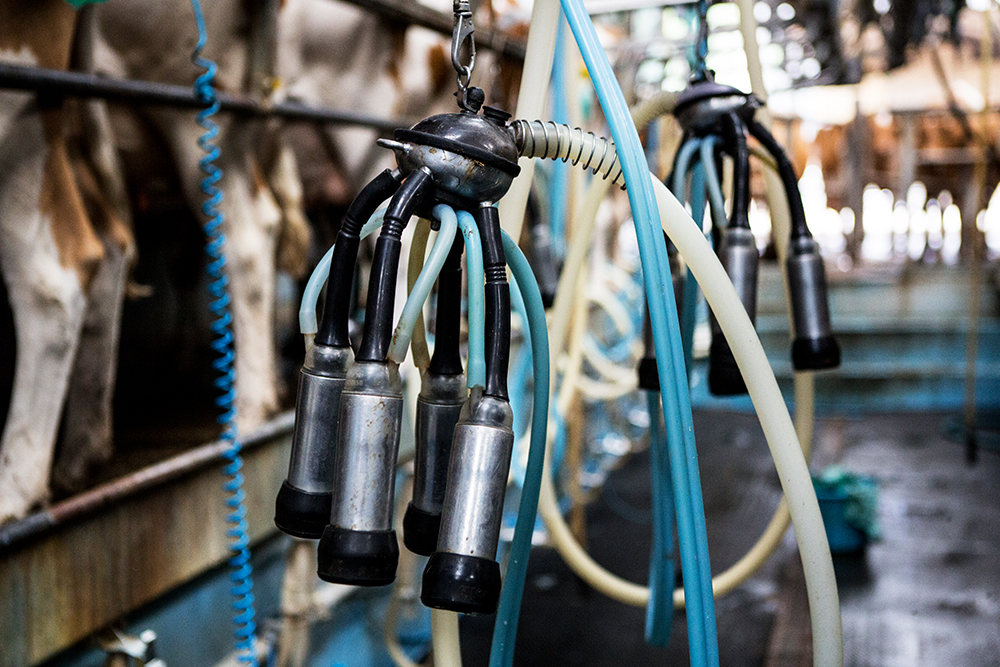
Milk is an ideal source of protein and calcium for almost all vegetarian population on earth. It is the most basic feed of all the babies (animals, human). Bone forming minerals, health giving vitamins and energy fats can be obtained through milk. All of these properties make milk an essential part of food for pregnant mothers, adults, school going kids, invalids, old persons and patients alike. But on the other hand milk is also a ready source of many germs, disease causing agents and many other chemical and biological contaminants. In last few years, contamination of milk is considered to be a serious and dangerous aspect.
Milk is the whole clean, fresh lacteal secretion practically free from colostrum’s obtained from complete milking of healthy milch animals. Presence of the chemical and biological contaminants in the milk are high important for the consumers and it can be a serious matter of public health as well as these contaminants can be the reason of many milk-borne diseases effecting the health of consumers. Due to these reasons hygienic conditions should be arrange while milking the cows to avoid the contamination or reduce the contaminants in milk.
Milk is the whole clean, fresh lacteal secretion practically free from colostrum’s obtained from complete milking of healthy milch animals. Presence of the chemical and biological contaminants in the milk are high important for the consumers and it can be a serious matter of public health as well as these contaminants can be the reason of many milk-borne diseases effecting the health of consumers. Due to these reasons hygienic conditions should be arrange while milking the cows to avoid the contamination or reduce the contaminants in milk.
PROPERTIES OF CLEAN MILK
Following are the most common or basic properties of the clean milk:
- It comes from healthy milch animals.
- Containing smaller number of bacteria in it.
- Must be free from disease causing pathogens.
- Should be devoid of dirt, filth and bad flavors.
- Should have optimum acidity and normal composition.
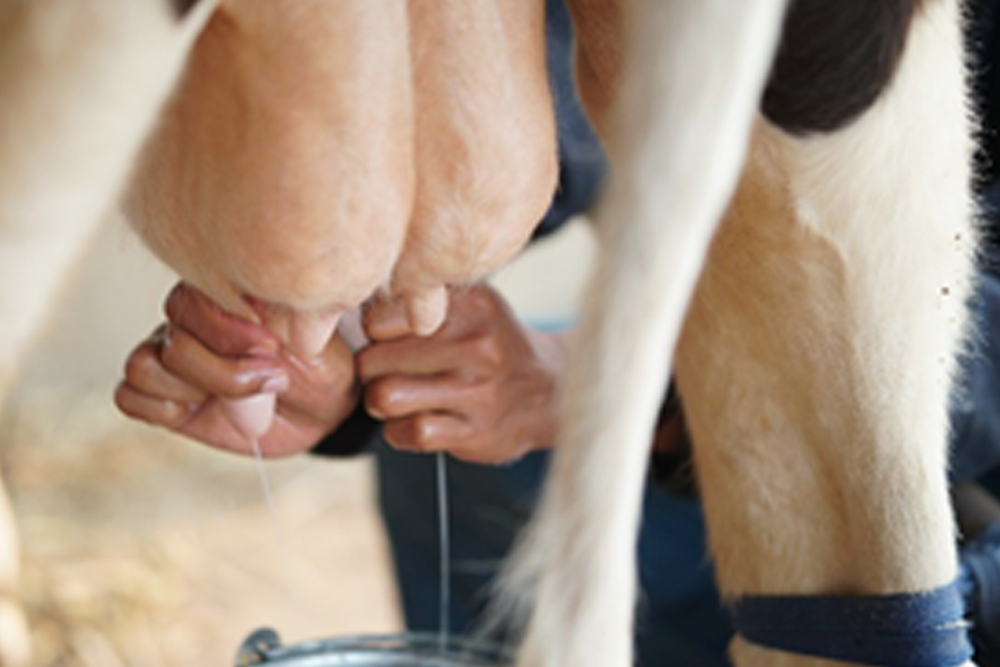
CLEAN MILK PRODUCTION PURPOSE
FACTORS AFFECTING QUALITY OF MILK
The mains reasons behind producing clean milk are:
- To enhance the profit of the producers
- To enhance the consumer satisfaction
- Prevention of milk-borne intoxications and diseases.
- To have better quality of further value added milk products
Internal factors
- General health condition of cow either it’s medically fit or suffering from any disease like mastitis or tuberculosis.
- Stripping of foremilk, it the most important factor that can affect the cleanliness and quality of milk.
- Stage of the lactation either its early stage mid or last.
External factors
- Body of the animal either its healthy or weak
- Hygiene and milking habits of the milker
- Cleanliness standards of milking and storage utensils
- Methods that are in use for milking the cow
- Quality of feed and water which is given to lactating cow
- Farm environment where milking of animal is done
- Pasteurization and cooling of milk
- Treatment of cows with antibiotics (types, potency)
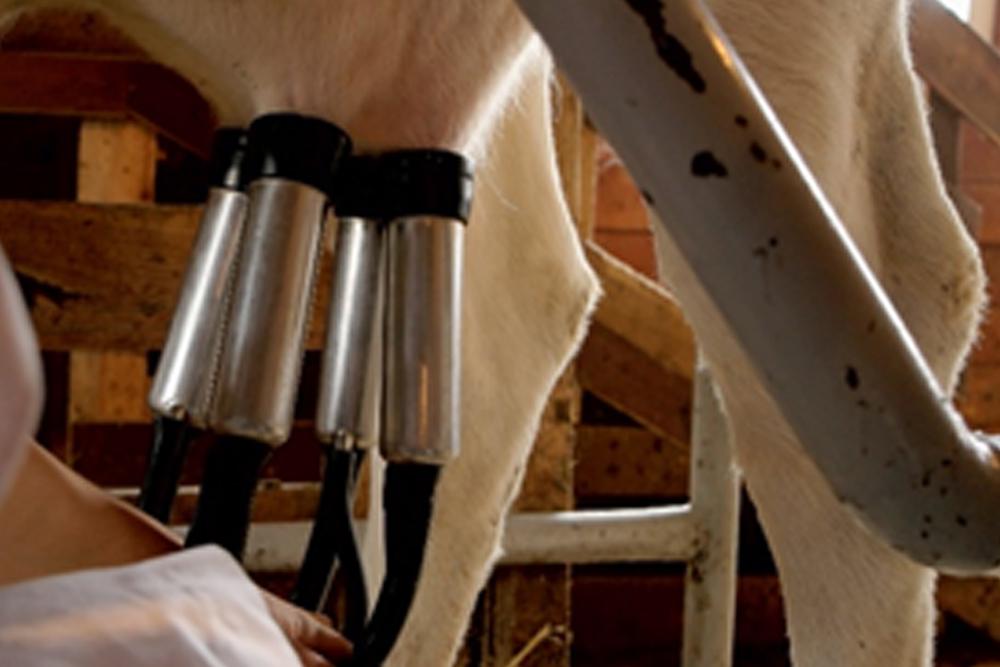
SOURCES OF MILK CONTAMINATION
Milk containing dust particles, dirt, foreign materials, high bacterial count and bad flavors considered as contaminated milk. Following are the chief sources of milk contamination:
Milk containing dust particles, dirt, foreign materials, high bacterial count and bad flavors considered as contaminated milk. Following are the chief sources of milk contamination:
Exterior of Animal’s body
Different bacteria and other germs are present on the body of cow, which may get mix in milk during milking if the body is not get cleaned before the process. Maintenance of clean skin, udder and washing flanks with water and then cleaning with damp cloth before milking may reduce the risk of contamination cause of animal body.
Milking Barns
Cleaning of milking barn floors timely and proper ventilation is necessary to avoid this contamination source.
Different bacteria and other germs are present on the body of cow, which may get mix in milk during milking if the body is not get cleaned before the process. Maintenance of clean skin, udder and washing flanks with water and then cleaning with damp cloth before milking may reduce the risk of contamination cause of animal body.
Milking Barns
Cleaning of milking barn floors timely and proper ventilation is necessary to avoid this contamination source.
Udder
Unhygienic conditions of milking barns and bedding allows bacteria to get attach with animal body, and through teat canal enters into the udder, causing udder infections like mastitis and thus contaminating the milk. To avoid this kind of contamination, udder should be clean properly before milking. Use different towels for every udder to avoid the transfer of germ from to another. Secondly, discard the initial squirts of milk as it contains a huge amount of bacteria in it. Ensure pre and post milking teat dipping.
Unhygienic conditions of milking barns and bedding allows bacteria to get attach with animal body, and through teat canal enters into the udder, causing udder infections like mastitis and thus contaminating the milk. To avoid this kind of contamination, udder should be clean properly before milking. Use different towels for every udder to avoid the transfer of germ from to another. Secondly, discard the initial squirts of milk as it contains a huge amount of bacteria in it. Ensure pre and post milking teat dipping.
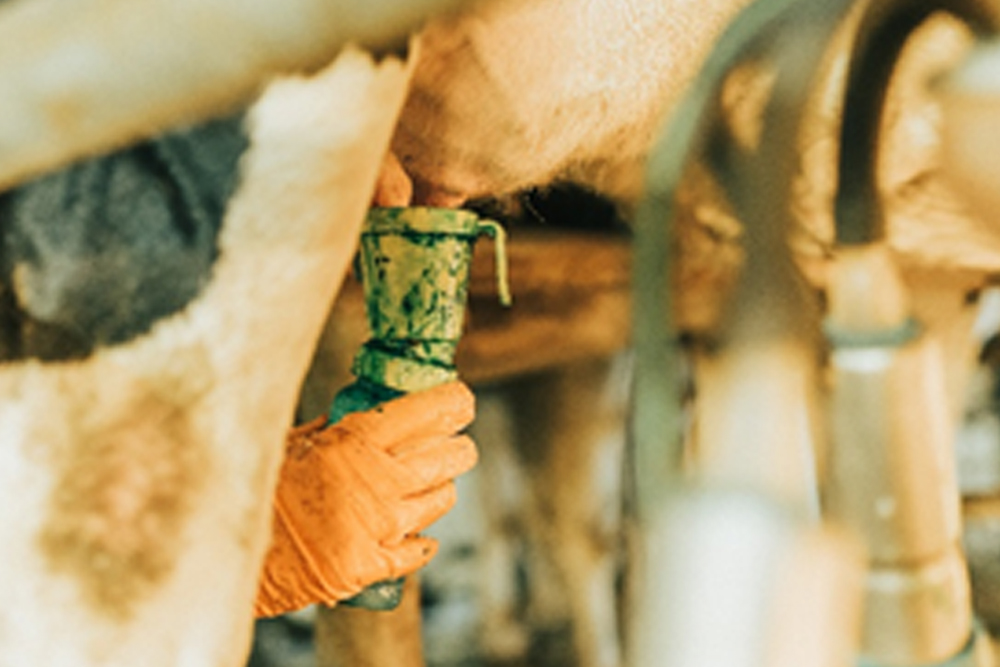
Utensils
Utensils are the equipment and containers in which milk has been stored, handled, processed and transported. Sanitized, copper free, high quality utensils should be sued to avoid contamination and spoilage of milk.
Other than these there are so many other sources of milk contamination that should be avoided or resolve to avoid milk loss.
Utensils are the equipment and containers in which milk has been stored, handled, processed and transported. Sanitized, copper free, high quality utensils should be sued to avoid contamination and spoilage of milk.
Other than these there are so many other sources of milk contamination that should be avoided or resolve to avoid milk loss.

Utensils
- The animals should be washed properly before the milking process.
- Teat dipping should be done before milking to sanitize them properly.
- Milker should be free from any kind of disease, proper checkups should be done
- Clipping of hair around or near udder should be done to avoid entry of hair bacteria in to the milk.
- Hand nails of the milker should be properly timed as they may contain a lot of germs, bacteria and many other dust particles contributing to milk spoilage.
- Similarly hands of the milker should be properly washers and dry as wet hands are a chief source of high bacterial count in milk. It is really better to use sanitized gloves for milking purpose.
- Dusty and dry feed like rice polish should not be fed to animal right before or at the time of milking.
- Milking barns should be clean, well ventilated and free from flies and other insects.
- Milking containers, equipment, machines should be properly washed, dried, sanitized and copper free.
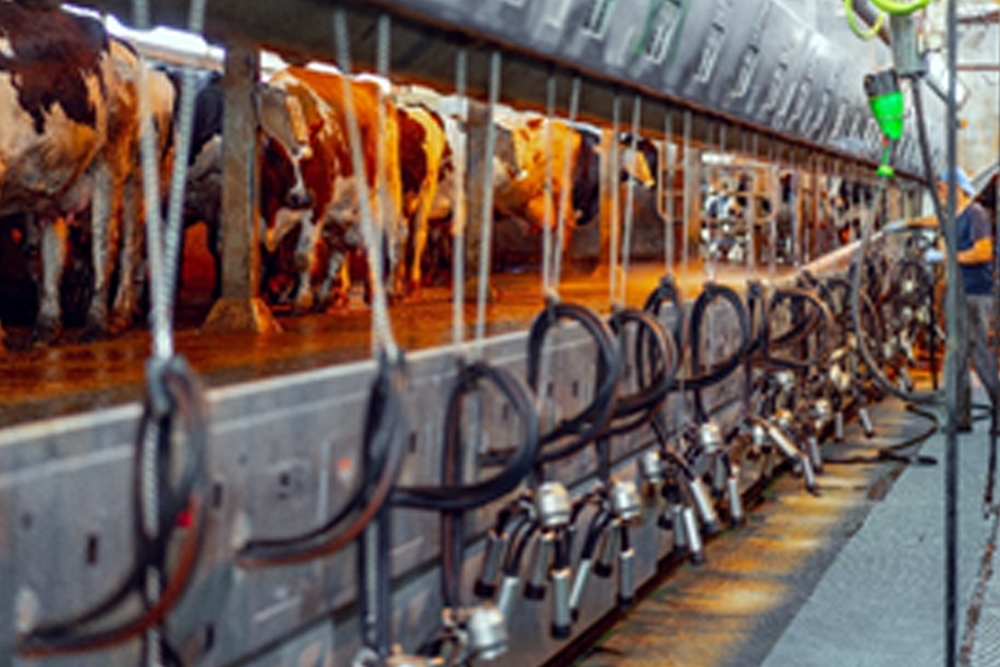
- Flavor producing feeds should be avoided before milking so that milk doesn’t get flavored.
- Milk should be place and stored in cool places to maintain its flavor and quality, as minor heat may spoil the milk.
- After milking, the milk containers should be cover with lids to avoid entry of dust and dirt particles in it.
- Put milk containers well covered in shady areas to save them from hot, cold and other sharp rays that may affect the quality of milk.
